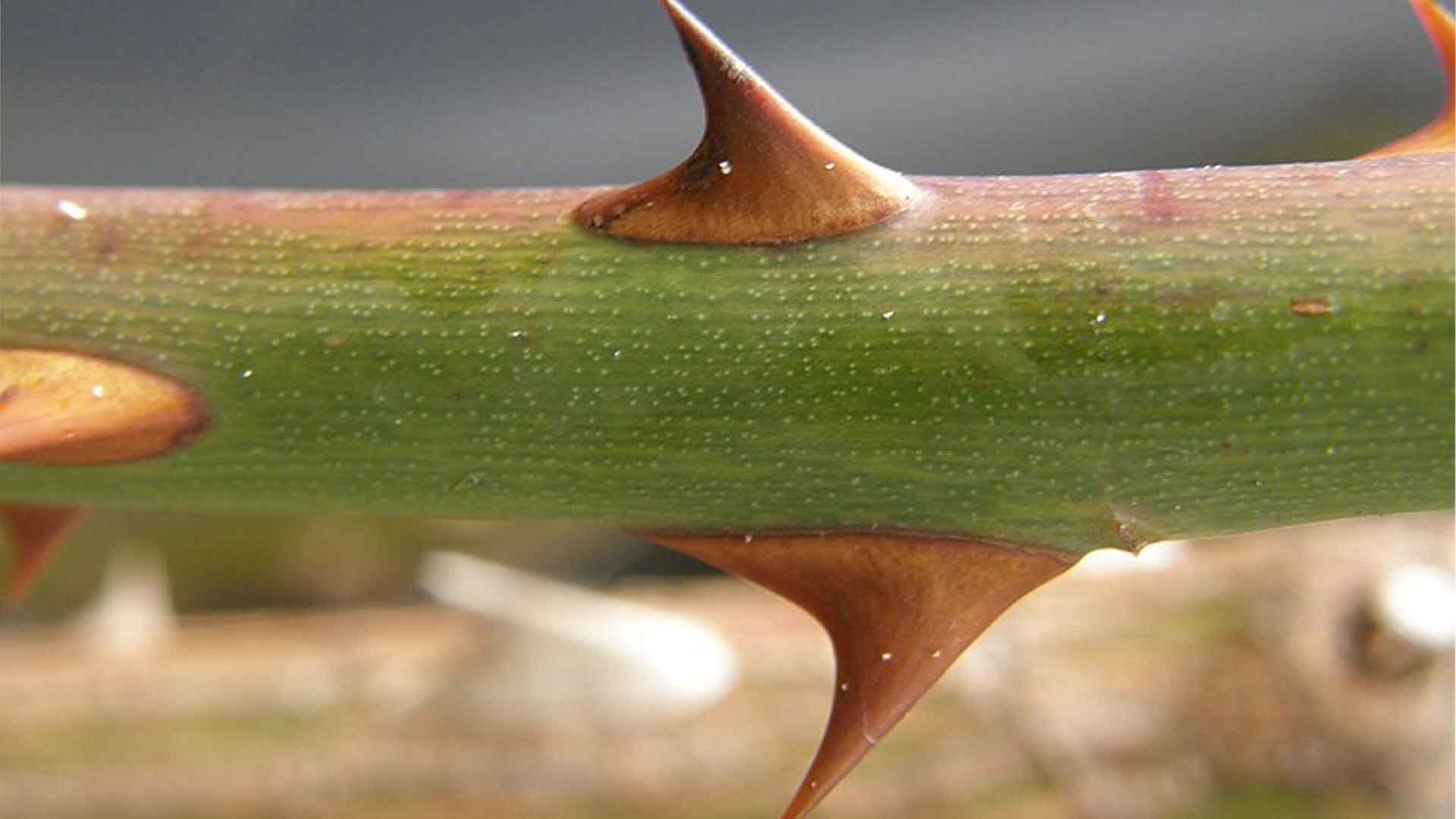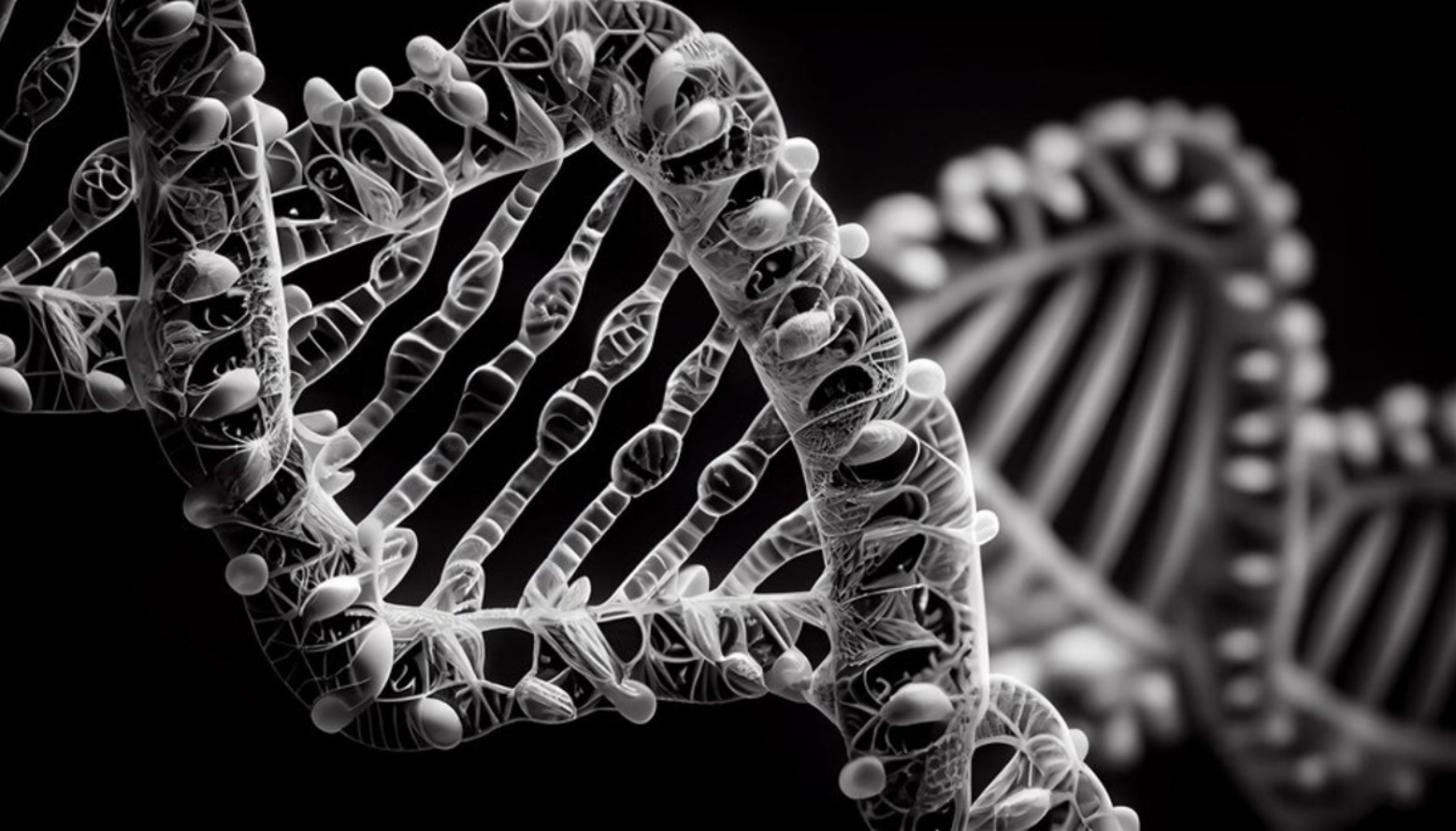New Study Reveals How Roses Got Their Thorns
Roses are admired for their beauty and romance, but it turns out that their thorns serve a vital role in defense. These sharp protrusions protect the plant from herbivores.
But how did roses, and many other plants, develop these spiny defenses? A recent study published in Science unveils the genetic origins behind this intriguing feature.
Not Just Roses
Thorns, or “prickles,” are not exclusive to roses. Other plants, such as spider flowers, and brambles, share this defense mechanism.

Source: Michaela St/Pexels
Even some crop plants like tomatoes, eggplants, and barley have prickles. This widespread occurrence across various species points to a fascinating evolutionary story.
Ancient Origins of Prickles
Prickles have existed for at least 400 million years, dating back to early ferns.

Source: Rude/Wikimedia Commons
These ancient plants bore prickles on their stems, a trait that has appeared and disappeared in different lineages over time thanks to the plants adapting to their environment and climate.
Solanum and Prickles
The Solanum genus, which includes potatoes, tomatoes, and eggplants, developed prickles around six million years ago.

Source: Wikimedia
Today, this genus has over 1,000 species, with about 400 featuring prickles. The adaptation of prickles has helped these plants thrive in diverse environments.
Convergent Evolution
When similar traits evolve independently in different species, it’s called convergent evolution. Prickles are a prime example of this phenomenon.

Source: Shutterstock
Various plant species developed prickles as a defense against herbivores, showing how different plants can adapt similarly to environmental challenges.
The Role of Lonely Guy Genes
Researchers discovered that the Lonely Guy (LOG) gene family is responsible for the development of prickles in plants.

Source: Sangharsh Lohakare/Unsplash
These genes activate cytokinin, a hormone crucial for plant growth. The presence of LOG genes in a wide range of plants, from mosses to modern crops, highlights their fundamental role.
Unveiling Genetic Secrets
By removing prickles from plants like roses and eggplants, scientists identified the LOG gene as the key player.

Source: Freepik
This discovery allows for genetic modifications to create prickle-free variants using advanced techniques like CRISPR. This method is more efficient and less harmful than traditional breeding practices.
Prickles and Plant Defense
Besides prickles playing a role in protecting plants from herbivores, they also aid in growth, plant competition, and water retention.

Source: Freepik
Understanding the genetic basis of prickles enhances our knowledge of plant defense mechanisms and evolutionary processes, providing insights into how plants survive and thrive.
Agricultural Implications
Removing prickles from plants has significant agricultural benefits. For example, desert raisins, berries native to Australia, could be cultivated more easily without prickles.

Source: Tom Fisk/Pexels
This genetic insight can lead to enhanced crop varieties and more efficient farming practices, improving food production and accessibility.
The Future of Prickle-Free Plants
With the ability to genetically remove prickles, scientists can create new plant varieties that are easier to harvest and cultivate.

Source: Wikimedia
This breakthrough opens up possibilities for developing crops that are not only more productive but also safer to handle, revolutionizing agricultural practices.
The Power of Genetic Research
The study of prickles shows the power of genetic research in understanding plant evolution.

Source: Freepik
By uncovering the role of LOG genes, scientists can explore how ancient genetic traits have shaped the diversity of plants we see today while paving the way for future innovations in agriculture and plant science.
A New Chapter in Plant Evolution
The discovery of the genetic basis for prickles marks a significant milestone in plant science.

Source: Perojevic/Wikimedia
It sheds light on the complex mechanisms behind plant defense and adaptation and how we may be able to harness these traits for future agricultural and ecological purposes.
